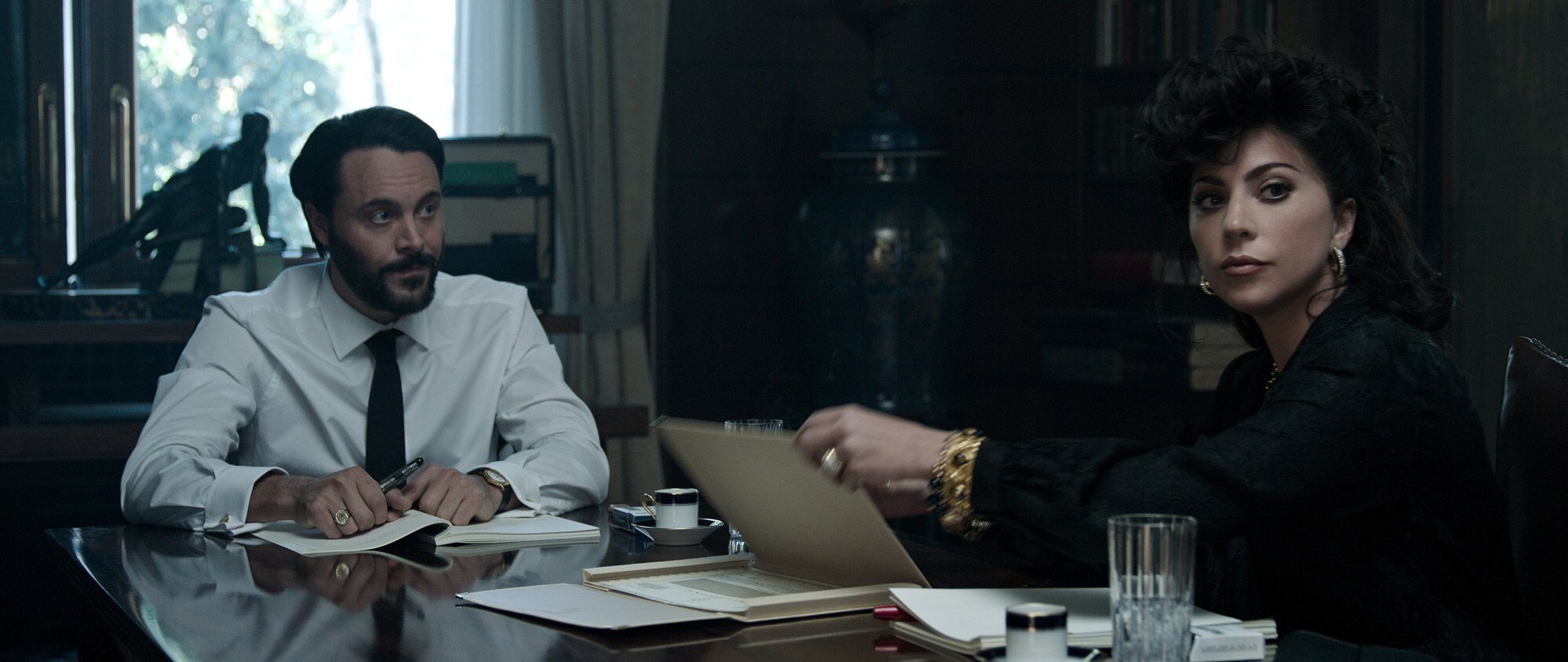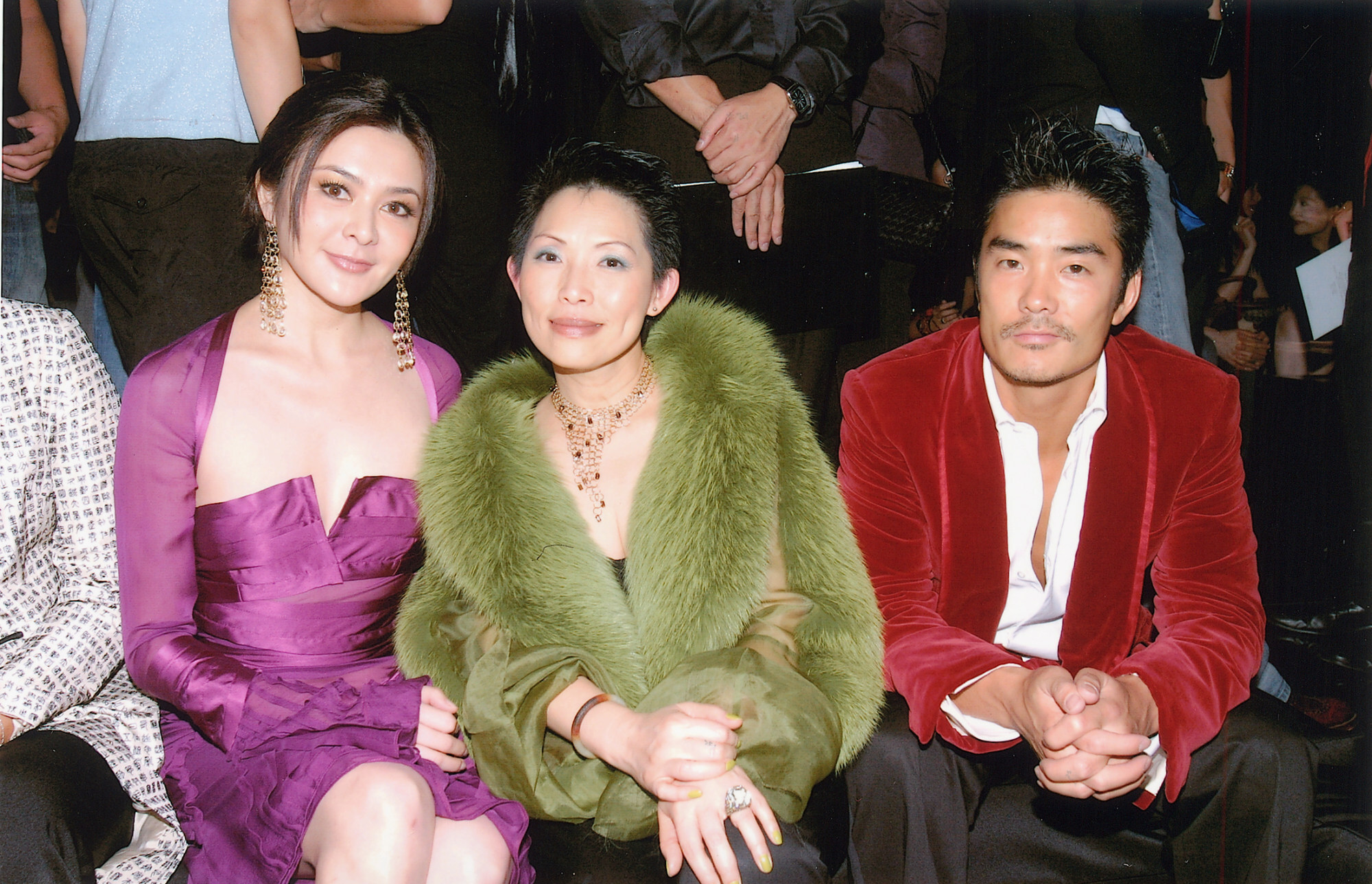
House of Gucci, Tom Ford and Domenico De Sole – Mimi Tang on the Italian luxury label’s Asia success story
- When former Gucci Asia-Pacific head Mimi Tang joined in 1998, the region made up less than 3 per cent of global sales; it was over 30 per cent when she left
- She says Tom Ford had irresistible charm, Domenico De Sole was a rare CEO who respected local management, and one House of Gucci scene rings very true to her
The family saga of murder and betrayal at the centre of House of Gucci, the new movie directed by Ridley Scott starring Lady Gaga, has made headlines for its stranger-than-fiction quality.
The operatic film centres on Patrizia Reggiani, played by Gaga, and her successful plot to murder her husband, Maurizio Gucci. It also sheds light on the corporate machinations that ultimately led to the Gucci family’s demise and the birth of the Gucci brand as we know it: a global juggernaut with hundreds of stores around the world.
Long is the list of European family-owned fashion labels that have been taken over by larger groups in the past two decades to spur growth and expansion. Gucci is arguably the poster child for these often messy takeovers that have changed the luxury industry from a system of small players based in Italy and France to one of consolidation, in which a handful of mega-conglomerates rule.

Ford and De Sole’s characters both appear in the film but it’s the latter who plays a pivotal role in the story. Played by Jack Huston, De Sole is portrayed as a sort of eminence grise, a savvy lawyer who works behind the scenes and eventually gets the top job through a series of smart moves that did not endear him to the Gucci clan.
De Sole and Ford were celebrated for the successful turnaround of Gucci after they took over in 1994 but they are likely to admit that they couldn’t have done it without Mimi Tang, who was hired by De Sole in 1998 to head the business in Hong Kong and China, and later the rest of Asia-Pacific.
Cosmetic skin doctor to Hollywood stars reveals his trade secrets
Hong Kong-born Tang is nothing short of a legend in industry circles. She is the rare luxury CEO to have started from the very bottom, working on the sales floor at DFS, the duty free store at Hong Kong Airport, and learning the ropes by serving Japanese customers who back then represented the lion’s share of luxury consumers.
“I came from an underprivileged family and wanted to improve my quality of life and worked hard to do well,” Tang says. “I wasn’t very academic and when I started working my attitude changed and I noticed that I lacked many things, especially education, and had to work hard to make every single penny.”

“That’s where I learned what high fashion and unique service are,” says Tang, who later left Joyce to work for Club 21, bringing brands like Calvin Klein and Donna Karan to Asia.
It was at Gucci, however, that Tang made her mark. When she joined in 1998, the Asia-Pacific region represented less than 3 per cent of the brand’s global business. By the time she left almost two decades later, it was more than 30 per cent.
The week before she started, she went mystery shopping in Hong Kong to see first-hand what needed to change. “I could see the issues with Gucci when I joined: wrong merchandising, wrong display and wrong product. Even though the design was good, the sales team were used to selling to Japanese customers and would neglect the locals.”
They used to say, ‘Tom is untouchable.’ But he did listen to me because [he recognised that] I knew Asia better
“The company was broke when I joined,” she says. “It’s like the scene in the movie when Aldo Gucci was in the New York store greeting Japanese customers: the brand was only for them and there was no brand value because the family had no management sense, but Domenico had been there observing.”
De Sole’s character in the film is the least flamboyant of the main cast. He is a sensible, Harvard-educated lawyer that the Guccis rely on to make things happen. Tang liked the depiction but agrees that he’s unfairly portrayed as a bit of a villain.

“I still remember how in 2004 all the key managers from Domenico’s time left,” she says. “He told me I should stay and not leave just to show my loyalty to him. He said, ‘Gucci needs you in that part of the world and you can still do a good job in China,’ so I promised him I would stay even though he and Tom were leaving.”
What Tang loved the most about working with De Sole and Ford was the freedom and autonomy she had – a rarity today, when luxury brands’ European headquarters often micromanage Asian CEOs.
“[De Sole] wanted local management to manage each country, so Koreans [in] Korea and Chinese [in] China and Japanese [in] Japan. That was very rare back then and that’s why my relationship with him was so close.”

As for Ford, Tang says that his charm was irresistible and recalls how as an unknown designer from Texas, he had to earn the respect of the elitist European fashion world at the beginning of his tenure at Gucci.
“They used to say, ‘Tom is untouchable,’” she says. “But he did listen to me because [he recognised that] I knew Asia better, so I recommended Asian sizes, especially for [the brand’s] bell bottoms, and then to make sneakers and to offer something that required minimum store space but had maximum returns: the Gucci belt. I told him we had to make the belt into a must-have, an iconic item.”

Watching movie locations like the Rome boutique or the re-enactment of Ford’s first show brought back memories of what Tang calls “the glory days of Gucci”, even in Hong Kong. “People to this day remember the fashion shows and after parties we used to do here,” she says.
As she gets ready to pose for a portrait clad in a logo-printed Gucci jacket with leather details that she has owned for more than two decades, I point out that a very similar one is part of the Gucci collection currently in stores, along with other signature items from Gucci’s heyday.
Tang says she hasn’t been inside a Gucci shop in a while, but still respects the brand and is very pleased that it keeps looking back to the archives, betraying a little pride in having contributed to the success of such a historic fashion house.

